Physical Address
304 North Cardinal St.
Dorchester Center, MA 02124
Physical Address
304 North Cardinal St.
Dorchester Center, MA 02124
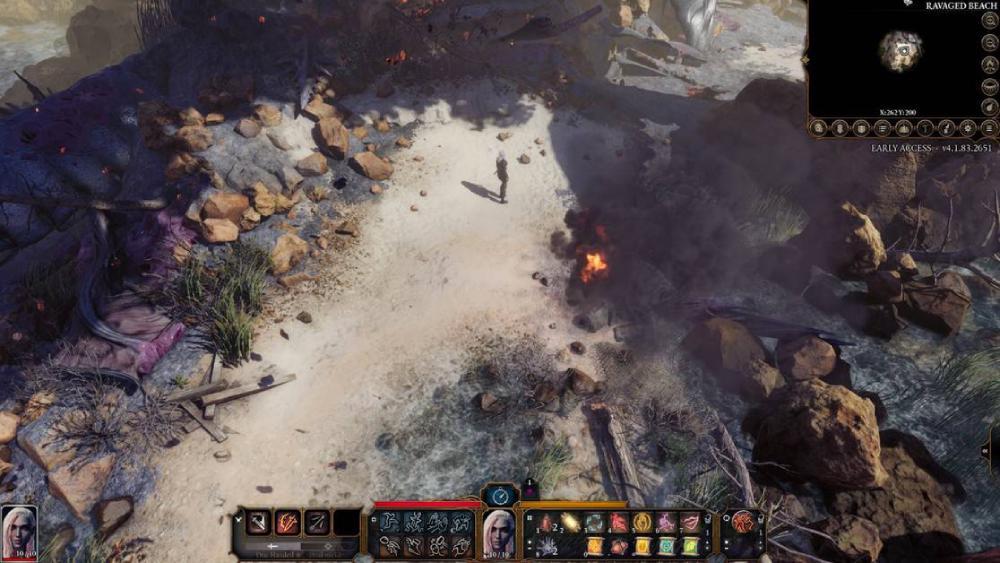
Listen up, fellow gamers! If you thought Dungeons & Dragons couldn’t get any cooler, then you haven’t played Baldur’s Gate 3 yet. That’s right, folks, the game is based on the 5th-edition Dungeons & Dragons rule set, with some modifications to make it perfect for video gaming. In this article, we’ll dive deep into the similarities between the two games, exploring how Baldur’s Gate 3 has stayed true to its D&D roots while adding its own unique twists. So, grab your dice and your keyboard, and let’s get ready to roll!
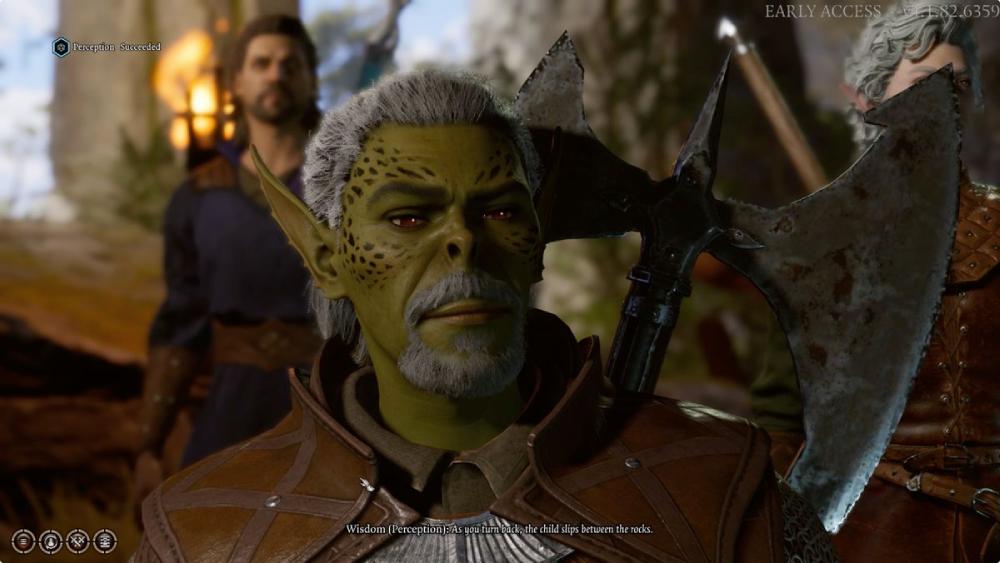
Baldur’s Gate 3 is set to be a faithful adaptation of the 5th edition rules of Dungeons & Dragons. This means that players can expect to see many of the key features of 5e D&D represented in the game. For example, the game will use the same rules for character creation and progression, with players able to choose from a range of races and classes, as well as customize their abilities and spells as they level up. Combat will also be based on the 5e rules, with players able to use a range of tactical options and abilities to defeat their enemies.
However, the game is not simply a direct translation of the tabletop game. The developers have worked to adapt the rules to suit the needs of a video game, making tweaks where necessary to ensure that the gameplay is engaging and enjoyable for players. This has involved coming up with solutions to issues that may arise when adapting a tabletop game to a digital format.
Overall, fans of 5e D&D can expect to see many of the key features of the ruleset represented in Baldur’s Gate 3, but with enough changes and tweaks to ensure that the game is a unique and enjoyable experience in its own right. The collaboration between Larian Studios and Wizards of the Coast in creating the game should ensure that it stays faithful to the source material, while also delivering a compelling gaming experience.
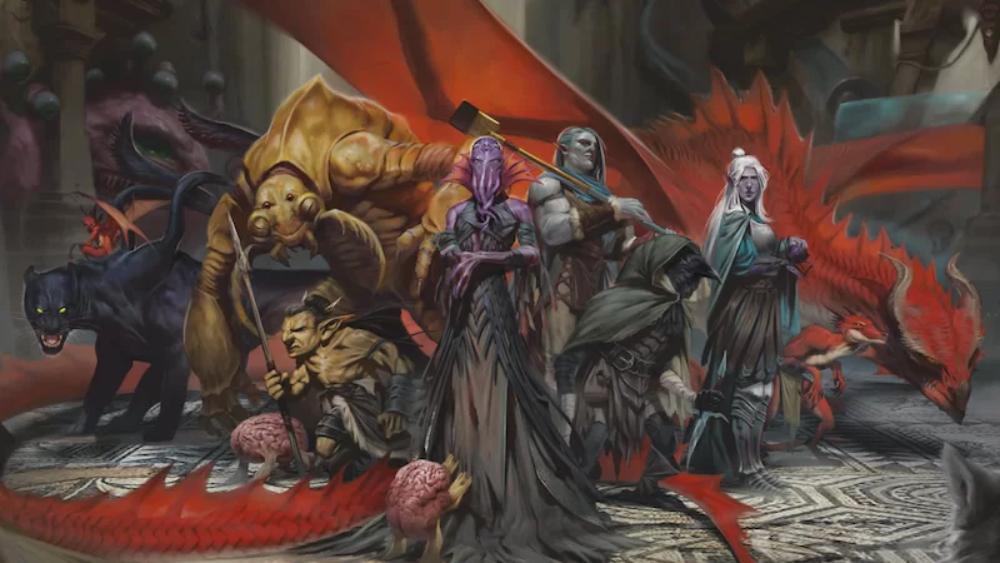
Baldur’s Gate 3 differs greatly from its predecessor, Baldur’s Gate 2, in terms of its rules and lore. While Baldur’s Gate 2 used the second edition rules of D&D, Baldur’s Gate 3 utilizes the current edition, 5E, which is a lot easier to explain to new players and has fewer restrictions.
In addition to the rules changes, the timeline has jumped ahead by a century, making the lore of Baldur’s Gate 3 vastly different from that of Baldur’s Gate 2. The gameplay and visuals have also undergone a significant shift due to the move to 3D, making the two games almost unrecognizable as part of the same franchise. Overall, the shift to the current edition of D&D was a smart choice, as it is a better fit for the video game format, with the game acting as a virtual DM.

Baldur’s Gate 3 has a significant change compared to its predecessors. The old games used real-time combat with the ability to pause, while in the new game, the action is turn-based. This is closer to how the combat system in D&D works. However, some fans were not happy about this change, and they want the option to use both. The turn-based mode is a step up from the chaotic combat of Baldur’s Gate 2, where it could be difficult to tell how long an action was going to take. Some players may prefer faster combat, but disabling the turn-based mode would be challenging, considering how the action economy works in the game, with characters potentially performing several actions and moving in the same turn.
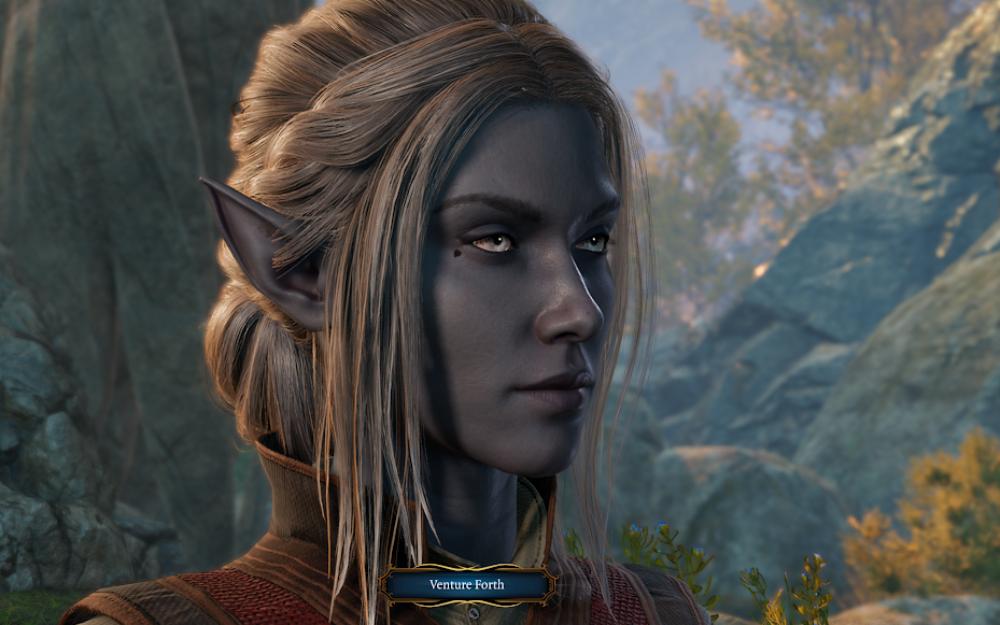
In Baldur’s Gate 3, characters are more durable and effective in combat than in Baldur’s Gate 2. In D&D 5E, all characters start with maximum hit points at level one, making low-level characters less likely to be one-shotted. Additionally, natural hit point restoration is possible, making it unnecessary to use potions or spells. Cantrips ensure that spellcasters always have a combat spell to use, and the Sneak Attack feature of the rogue class is a lot easier to use. All classes in Baldur’s Gate 3 have different special abilities not present in AD&D, reflecting how adventurers in the new edition of Dungeons & Dragons are stronger at lower levels of play.
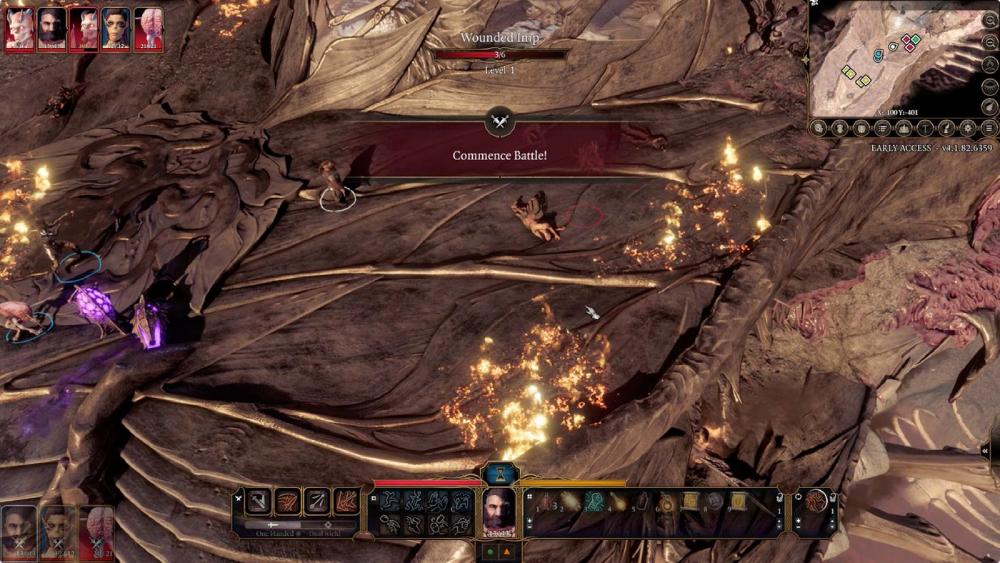
Baldur’s Gate 3 uses rules from Dungeons & Dragons 5E, but it has still managed to stay faithful to its source material. Here are some similarities between Baldur’s Gate 3 and D&D that players will appreciate:
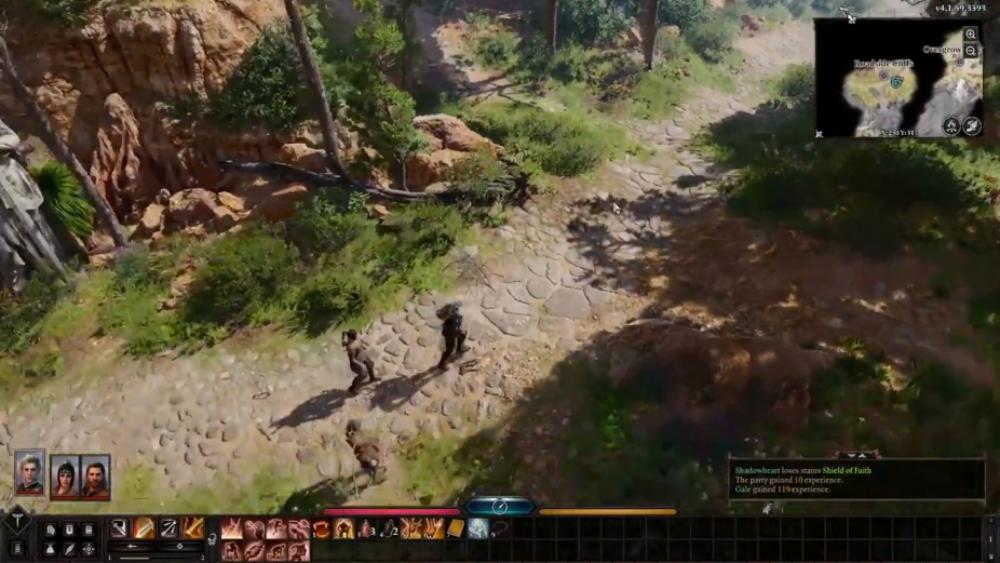
One major difference is the absence of alignments at character selection, which are instead shaped through gameplay and the use of the Mind Flayer’s Tadpole. NPCs in Baldur’s Gate 3 still have beliefs and motivations, and players must complete actions that align with their beliefs to gain their favor.
Another significant difference is the game’s overall balance. Many spells and creatures have had their dice rolls modified or replaced entirely with fixed stats, and the game uses levels for encounter balance rather than challenge ranking or CR. As a result, certain encounters in the game’s early access build can be much deadlier than they would be if translated to pen and paper.
Environmental hazards are also a controversial addition to Baldur’s Gate 3. Certain spells and objects in the environment can create environmental hazards such as patches of burning ground or electric pools of blood. This plays a much larger part in encounters than it ever did in past games or tabletop Dungeons & Dragons, resulting in a whirlwind of ground degens that mimics Divinity: Original Sin more than Dungeons & Dragons or past Baldur’s Gate titles.
Class designs have also seen changes in Baldur’s Gate 3. Rangers, for example, have been given nearly a complete overhaul that changes how their Favored Enemy and Natural Explorer features work, and rogues have seen major changes as well. Sneak attacks are now considered an action instead of an added damage bonus.
Finally, the action economy in Baldur’s Gate 3 has been changed to help mimic the chaotic combat that can ensue. Jumping, throwing items, and dipping weapons into elemental hazards are just a few examples of what players can do.
Baldur’s Gate 3 is a faithful adaptation of the fifth edition of the Dungeons & Dragons rulebook, but it does make some changes and modifications to the source material. While the game retains some similarities with D&D 5e, such as short and long rests, character creation, turn-based combat, dialogue, and frequent dice rolls, it also features some differences, such as the absence of alignments, altered balance, abundant environmental hazards, modified class designs, and changes to the action economy. Overall, Baldur’s Gate 3 offers a unique and engaging experience that both D&D and Baldur’s Gate fans can enjoy, with its blend of faithful adherence to the ruleset and innovative modifications to the gameplay systems. Whether you’re a tabletop gamer looking for a new way to experience the world of Faerun or a video game enthusiast looking for a challenging and immersive RPG, Baldur’s Gate 3 is definitely worth checking out.